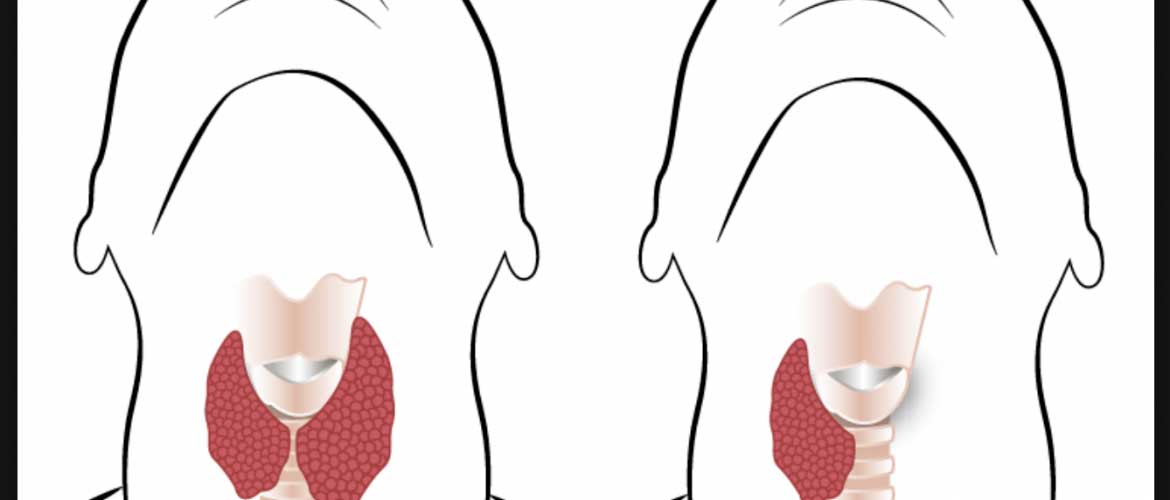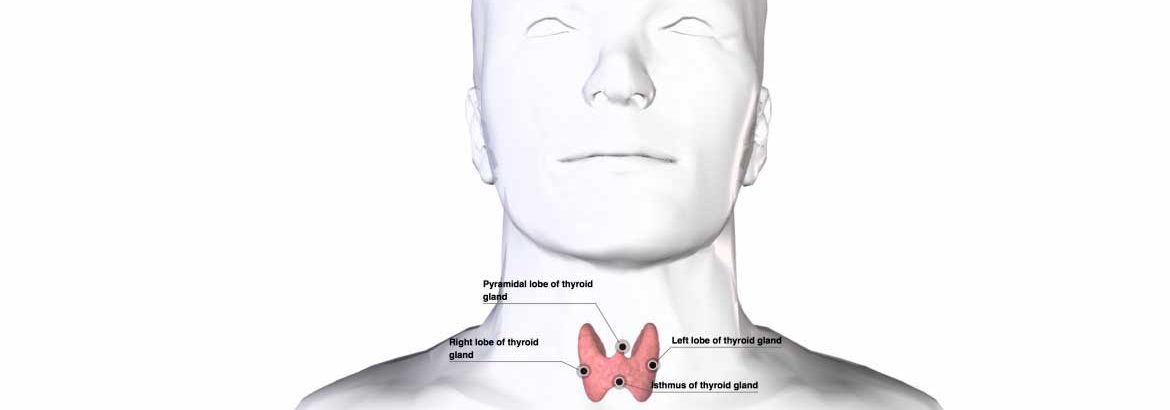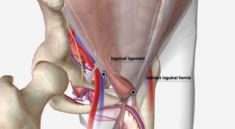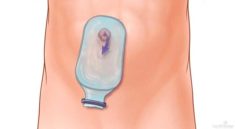
INFORMATION
Thyroid gland removal is surgery to remove all or part of the thyroid gland. The thyroid gland is a butterfly-shaped gland located inside the front of the lower neck.
The thyroid gland is part of the hormone (endocrine) system. It helps your body regulate your metabolism.
Description
Depending on the reason you are having your thyroid gland removed, the type of thyroidectomy you have will be either a:
- Total thyroidectomy, which removes the entire gland
- Subtotal or partial thyroidectomy, which removes part of the thyroid gland
You will have general anesthesia (asleep and pain-free) for this surgery. In rare cases, the surgery is done with local anesthesia and medicine to relax you. You will be awake, but pain-free.
During the surgery:
- The surgeon makes a horizontal cut in the front of your lower neck just above the collar bones.
- All or part of the gland is removed through the cut.
- The surgeon is careful not to damage the blood vessels and nerves in your neck.
- A small tube (catheter) may be placed into the area to help drain blood and other fluids that build up. The drain will be removed in 1 or 2 days.
- The cuts are closed with sutures (stitches).
Surgery to remove your whole thyroid may take up to 4 hours. It may take less time if only part of the thyroid is removed.
Why the Procedure is Performed
Your doctor may recommend thyroid removal if you have any of the following:
- A small thyroid growth (noduleor cyst)
- A thyroid gland that is so overactive it is dangerous (thyrotoxicosis)
- Cancer of the thyroid
- Noncancerous (benign) tumors of the thyroid that are causing symptoms
- Thyroid swelling (nontoxic goiter) that makes it hard for you to breathe or swallow
You may also have surgery if you have an overactive thyroid gland and do not want to have radioactive iodine treatment, or you cannot be treated with antithyroid medicines.
Risks
Risks of anesthesia and surgery in general include:
- Reactions to medicines, breathing problems
- Bleeding, blood clots, infection
Risks of thyroidectomy include:
- Injury to the nerves in your vocal cords and larynx.
- Bleeding and possible airway obstruction.
- A sharp rise in thyroid hormone levels (only around the time of surgery).
- Injury to the parathyroid glands (small glands near the thyroid) or to their blood supply. This can cause a temporary low level of calcium in your blood (hypocalcemia).
- Too much thyroid hormone (thyroid storm). If you have an overactive thyroid gland, you will be treated with medicine.
Before the Procedure
During the weeks before your surgery:
- You may need to have tests that show exactly where the abnormal thyroid growth is located. This will help the surgeon find the growth during surgery. You may have a CT scan, ultrasound, or other imaging tests.
- Your doctor may also do a fine needle aspirationto find out if the growth is noncancerous or cancerous. Before surgery, your vocal cord function may be checked.
- You may also need thyroid medicine or iodine treatments 1 to 2 weeks before your surgery.
Several days to a week before surgery:
- You may be asked to temporarily stop taking blood thinning medicines. These include aspirin, ibuprofen (Advil), naproxen (Aleve), clopidogrel (Plavix), warfarin (Coumadin), among others.
- Fill any prescriptions for pain medicine and calcium you will need after surgery.
- Tell your health care provider about all the medicines you take, even those bought without a prescription. This includes herbs and supplements. Ask your provider which medicines you should still take on the day of surgery.
- If you smoke, try to stop. Ask your provider for help.
On the day of surgery:
- Follow instructions about when to stop eating and drinking.
- Take any medicines that your provider told you to take with a small sip of water.
- Be sure to arrive at the hospital on time.
After the Procedure
You will probably go home the day of or the day after surgery. In rare cases, you may need to spend up to 3 days in the hospital. You must be able to swallow liquids before you can go home.
Your provider may check the calcium level in your blood after surgery. This is done more often when the whole thyroid gland is removed.
You may have some pain after surgery. Ask your provider for instructions on how to take pain medicines after you go home.
It should take about 3 to 4 weeks for you to fully recover.
Follow any instructions for taking care of yourself after you go home.
Outlook (Prognosis)
Outcome of this surgery is usually excellent. Most people need to take thyroid hormone pills (thyroid hormone replacement) for the rest of their lives when the whole gland is removed.
What to Expect at Home
If your doctor does not close your wound again with sutures, you need to care for it at home, since it may take time to heal. The wound will heal from the bottom to the top. A dressing helps absorb drainage and keep the skin from closing before the wound underneath fills in.
Proper Handwashing
It is important to clean your hands before you change your dressing. You can use an alcohol-based cleanser. Or, you can wash your hands using these steps:
- Take all jewelry off your hands.
- Wet your hands, pointing them downward under warm running water.
- Add soap and wash your hands for 15 to 30 seconds (sing “Happy Birthday” or the “Alphabet Song” one time through). Clean under your nails also.
- Rinse well.
- Dry with a clean towel.
When to Call the Doctor
Call your doctor if:
- There is more redness, pain, swelling, or bleeding at the wound site.
- The wound is larger or deeper, or it looks dried out or dark.
- The drainage coming from or around the wound increases or becomes thick, tan, green, or yellow, or smells bad (which indicates pus).
- Your temperature is 100.5°F (38°C) or higher.



